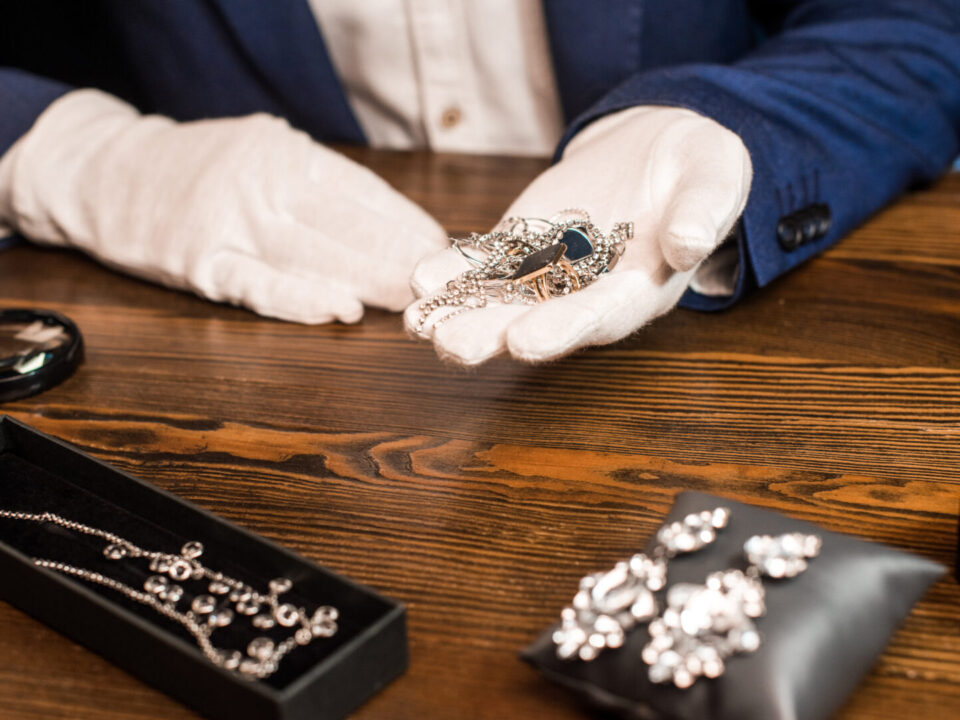“Every child is an artist. The problem is how to remain an artist once we grow up.” – Pablo Picasso
Picasso began his ceramic oeuvre at the age of 66. It was the summer of 1946, and while on vacation in Vallauris, a seaside commune near Cannes, he came across a pottery exhibition featuring a stand with pottery from Madoura, a studio in town.
This time of Picasso’s life was a productive and happy one, as he enjoyed and played with the range of possibilities that pottery presented. He found himself continually delighted with the uncertainty of ceramics and the endless intrigue it presented to him.
The unpredictability of the firing process to the differences in form, color, and texture from clay’s malleability stoked his creative energy, but it was pottery’s reproductive capabilities that solidified his 24-year passion with ceramics. He was able to create more work to reach thousands of common people in the world, not just the monied bourgeoisie that purchased his paintings.
Pottery bridged the gap for Picasso in ways painting couldn’t, and this realization led to a prolific period of Picasso pottery production.
The Beginning
Unknown to most but cherished by art historians and enthusiasts are Picasso’s ceramics. Picasso created more than 600 editions of ceramic vases, plates, pitchers, and plaques after the end of World War II.
The earliest stages of Picasso ceramics began with his focus on mastering the craft of decorating fired clay objects. He worked on more than a thousand pieces in his first year at Madoura and set about acquiring the technical knowledge of working with clay under the mentorship of Suzanne Ramié.
After, Picasso leaned into his imagination and mixed glazes, slips, and oxides as his imagination guided him. He was unorthodox in his application and colorful patterns and colors emerged as a result of it. Early Picasso ceramics are usually found on plates and often feature trickster still life paintings on plates, mythological animals and human figures thematically found in Picasso art, and 3D depictions of platos de engano or “plates to fool the eye.”
Reshaping Form and Collaborations
Soon, Picasso began to sketch three-dimensional objects made up of familiar pottery forms such as vases, jugs, and bowls, and had them thrown by Jules Agard, a local potter and friend of Madoura owners.
Picasso provided size specifications for Agard and then assembled each piece himself before firing and decorating. Picasso pottery during this time took on more abstract shapes, metamorphosing from their original traditional functional elements into becoming sculptural works of art.
Picasso was known to reshape thrown functional pottery into works of nonfunctional art as he played with the notion of what pottery could be. He often reshaped vases or bottles into his own version of the tanagras, which are small terracotta statues of women and children which originated in ancient Greece.
Inspired by Life
One of Picasso’s life-long inspirations was bullfighting, and this love is also represented in Picasso ceramics. After attending a bullfight on a return visit to the Mediterranean in 1951, imagery from the corridas appeared in Picasso ceramics, portraying the vibrant energy and emotion from the bull fight.
Picasso’s depiction of the bullfight is a lively, colorful iteration of his experience at the arena.
Drawn on clay plates and bowls are clashes from the fight, showing heads of matadors and picadors, and packed arenas with cheering crowds.
Another interest Picasso had with pottery was transforming vases into cheeky portraits. He often utilized the shape of the vase to his benefit, leaning on the literal to paint portraits like Tripod in accordance to the vessel’s shape.
Picasso pottery has been described as a poem, created “through his playful meditations on the mineral world and its transformation through fire.”
Picasso Ceramic Originals vs Edition Picasso Ceramics
When looking to buy Picasso ceramics, it’s vital to understand the difference between Picasso Ceramic Originals and Edition Picasso Ceramics (reproductions).
Picasso Ceramic originals are pieces which were sculpted, etched, or painted by Picasso himself. These pieces were often models which were then used to create reproductions by other potters at Madoura.
Edition Picasso Ceramics are reproductions made by potters who worked alongside Picasso at Madoura. The majority of Picasso ceramics on the market fall into this category. Edition Ceramics include plates which were made in clay molds and stamped with etchings created by Picasso, then painted to resemble Picasso’s original.
For bigger objects like vases and pitchers, potters would use Picasso’s pottery as a model and hand mold them to resemble Picasso’s original piece.
Check the Bottom for Details
To buy Picasso ceramics, the first step is looking at the bottom of the vessel for details. Each Picasso ceramic will usually have labels etched into the bottom or back of the vessel. This information contains some combination of date, series number, number of objects in a series (33/400) and “Madoura.”
It may also give details about how it was produced, like “Edition Picasso” for Edition Picasso Ceramics and “Empreinte Originale De Picasso” for Picasso Ceramics Originals.
Joshua Kodner Can Find the Right Picasso Ceramic for You
Each Picasso pottery evokes a different emotive experience, but all Picasso ceramics showcase his endless creative spirit and love for all of life. Our team at Joshua Kodner can help you find the best Picasso ceramics for sale. Do you need help appraising and selling your Picasso ceramic? We can do that too. Give us a call today.



